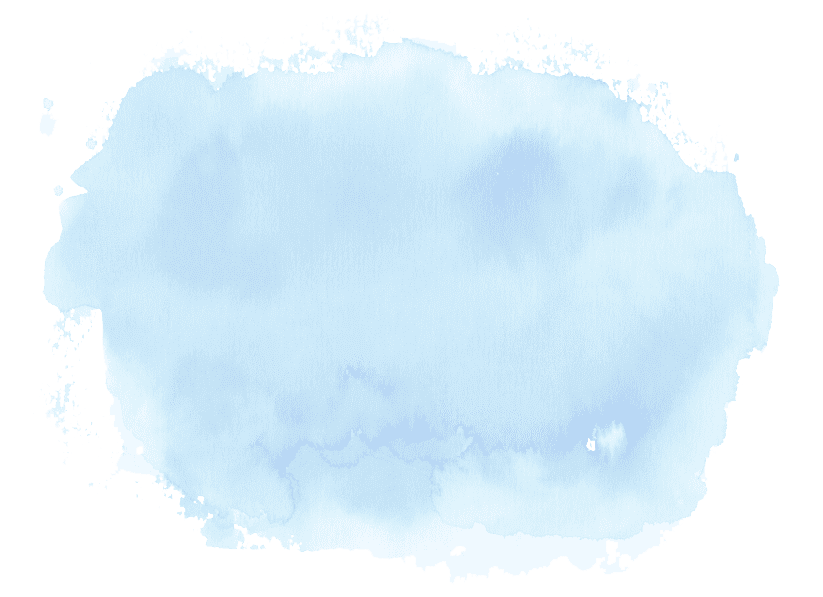FAQs

General FAQs
-
Do you (ASMI) sell Alaska seafood?
-
No, we do not sell seafood directly as we are the marketing arm for all commercially harvested seafood from Alaska, but you can purchase seafood directly from fishermen on our Buy Alaska Seafood page and learn about other ways to purchase wild Alaska seafood.
Shop Now -
Where can I buy Alaska seafood?
-
If you are looking to purchase Alaska seafood, there are many options for you! Visit our Buy Alaska Seafood page to learn about them.
Shop Now -
What is ASMI?
-
ASMI is the acronym for the Alaska Seafood Marketing Institute. Watch the video below and find out more about what we do on the About ASMI page.
-
I have a nutrition question about an Alaska seafood product I purchased. Where can I find more information?
-
For specific nutrition information about your purchased product, you will need to contact the producer/manufacturer found on the label. However, nutrition content per species can be found on our Alaska seafood species pages under Types of Seafood.
Further nutrition information about the benefits of Alaska seafood and comparative nutrients charts can be found under Nutrition Information.
-
When does the salmon season start in Alaska?
-
Alaska king salmon are harvested in limited quantities year-round. Salmon running up rivers in large quantities usually begins in May and lasts throughout the summer. Frozen wild Alaska salmon can be enjoyed year round! Take a look at our harvesting seasons guide to learn about harvesting times for all the seafood species in Alaska.
FAQs for Industry
-
I know of an international market that would love Alaska seafood, how do I start an export business with Alaska seafood?
-
Please take a look at the Exporter Resources section of our International page.
-
Where do I find information about upcoming meetings, announcements and new publications previously found on the homepage at alaskaseafood.org?
-
Information on meetings, announcements and new publications are now available on the Industry page, and also in the footer page links.
-
Where can I find out about ASMI's annual meeting, All Hands on Deck?
-
Find information about ASMI’s annual conference on the Industry page as well as All Hands on Deck page.
-
Where can I find the ASMI photo and video library NetX?
-
Visit NetX, also known as the ASMI Media Library here or find out more information on the ASMI Media Library page.
FAQs for Direct Marketers
-
I am an Alaskan fisherman and want to/already sell my seafood directly to consumers. What sort of assistance does ASMI provide?
-
We have many valuable tools including educational materials, photos and videos, pre-printed signage, newsletter updates and more. Visit our Market Your Catch page to find out more.
-
I want to order recipe cards but you don’t offer prints of a recipe I want. How can I create my own cards from ASMI’s recipes?
-
Head to the recipes page, click on the recipe you want and hit the printer icon in the upper left. The site will create a pre-formatted pdf of the recipe for you. You can send directly to a printer.
-
I sell Alaska seafood, can I use your recipes, photos, videos, nutrition pdfs and other content on my website?
-
Recipes, videos and PDFs on the ASMI website are all available to support the promotion and sales of Alaska seafood. If your website supports the promotion and sales of Alaska seafood, you are encouraged to share them!
To download photos and videos for use in various formats you can apply for an account with the ASMI Media Library. Review the detailed Terms and Conditions here and apply for an account on this page.
